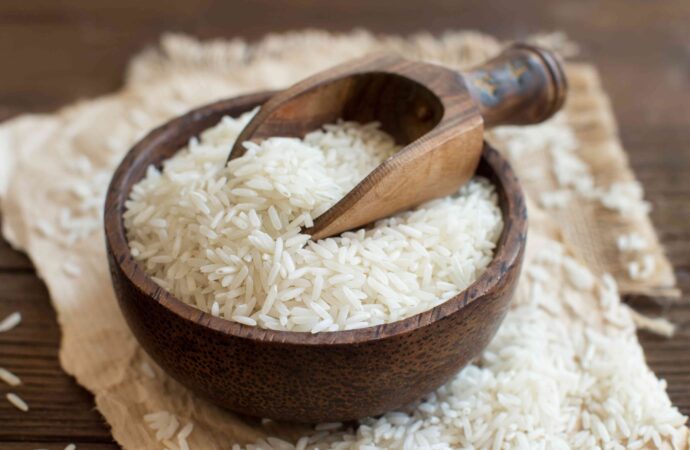Want to know the easiest way to check basmati rice quality? You’re in the right place. To make sure you’re buying top-grade Basmati rice, it’s essential to carry out a purity check. Known for its long grains, rich aroma, and unique taste, Basmati rice is a staple in many households across the globe. However, the
Want to know the easiest way to check basmati rice quality? You’re in the right place. To make sure you’re buying top-grade Basmati rice, it’s essential to carry out a purity check. Known for its long grains, rich aroma, and unique taste, Basmati rice is a staple in many households across the globe. However, the market is now flooded with low-grade varieties due to increasing popularity. These often include mixed or inferior grains that compromise both taste and nutrition.
By learning how to examine Basmati rice correctly, you can avoid fake products and ensure that only genuine, high-quality rice makes it to your kitchen.
Why is Choosing the Right Basmati Rice Important?
Old, authentic Basmati rice is loved for its naturally rich aroma, slender long grains, and tender texture. But with countless rice varieties on the market, finding truly high-quality Basmati rice can be overwhelming. Not all Basmati rice lives up to its name. Some lack the signature fragrance and grain quality that define the original. That’s why it’s essential to know how to check Basmati rice quality before purchasing.
How to Identify Real Basmati Rice
Not every rice pack labeled “Basmati” meets the true standards of authenticity. To help you identify the real deal, here are some essential signs to look for:
1. Check the Grain Length
Authentic aged Basmati rice have long, slender grains. The raw grains typically measure between 7.9 mm and 8.4 mm in length. High-quality Basmati maintains its elongated, uniform appearance even after cooking. This transformation becomes visible only once the rice is prepared.
2. Smell the Aroma
True old Basmati rice has a naturally pleasant fragrance. Be cautious of rice that smells overwhelmingly strong in its raw form, and it’s often treated with artificial scenting agents. Genuine Basmati gives off a subtle, natural aroma, not a perfumed one.
3. Soak Test
Place a few raw, aged grains in water for about 20 minutes. For varieties like White Sela and Golden Sela, soak them for at least 2 hours before cooking. Authentic Basmati will nearly double in length during cooking while still retaining its slim, fine shape.
4. Verify the Age
Aged Basmati rice delivers better texture, fluffiness, and a deeper flavor. Always check the packaging for terms like “Old Basmati Rice,” which indicates it has been matured and is likely to cook and taste better.
How to Check Basmati Rice Quality
Evaluating the quality of aged Basmati rice requires both visual checks and simple hands-on tests. Here’s how you can do it effectively:
1. Observe the Grain Color
Premium-aged Basmati rice typically has an off-white, slightly translucent appearance. The grains might have been excessively processed if they looked overly glossy or polished. This can affect both flavor and quality.
2. Try the Hand-Rub Test
Take a few grains and gently rub them between your fingers. Authentic Basmati will feel firm and resist breaking. If the grains crush too easily, they’re likely of lower quality.
3. Check for Consistency
After cooking, top-grade Basmati rice should display uniformity in grain length, shape, and a hint of natural sweetness. If the grains appear uneven or broken once cooked, the rice is likely substandard.
4. Read the Packaging Carefully
Look for trusted indicators like the GI (Geographical Indication) tag, which confirms the rice’s origin and authenticity. Reputable brands also mention sourcing details and aging periods, offering more confidence in what you’re buying.
5. Cook a Test Batch
Prepare a small amount to see how the rice performs. High-quality Basmati will expand in length, stay slender, hold its shape, and release a naturally fragrant aroma once cooked.
Final thoughts
Learning how to check basmati rice quality ensures you select the finest grains for your meals. In major rice exporting countries, you can easily identify premium Basmati rice by examining its aroma, texture, grain length, and packaging details. Always buy from a reputable Basmati rice exporter and store the rice correctly to preserve its rich flavor and nutritional value.



















Leave a Comment
Your email address will not be published. Required fields are marked with *